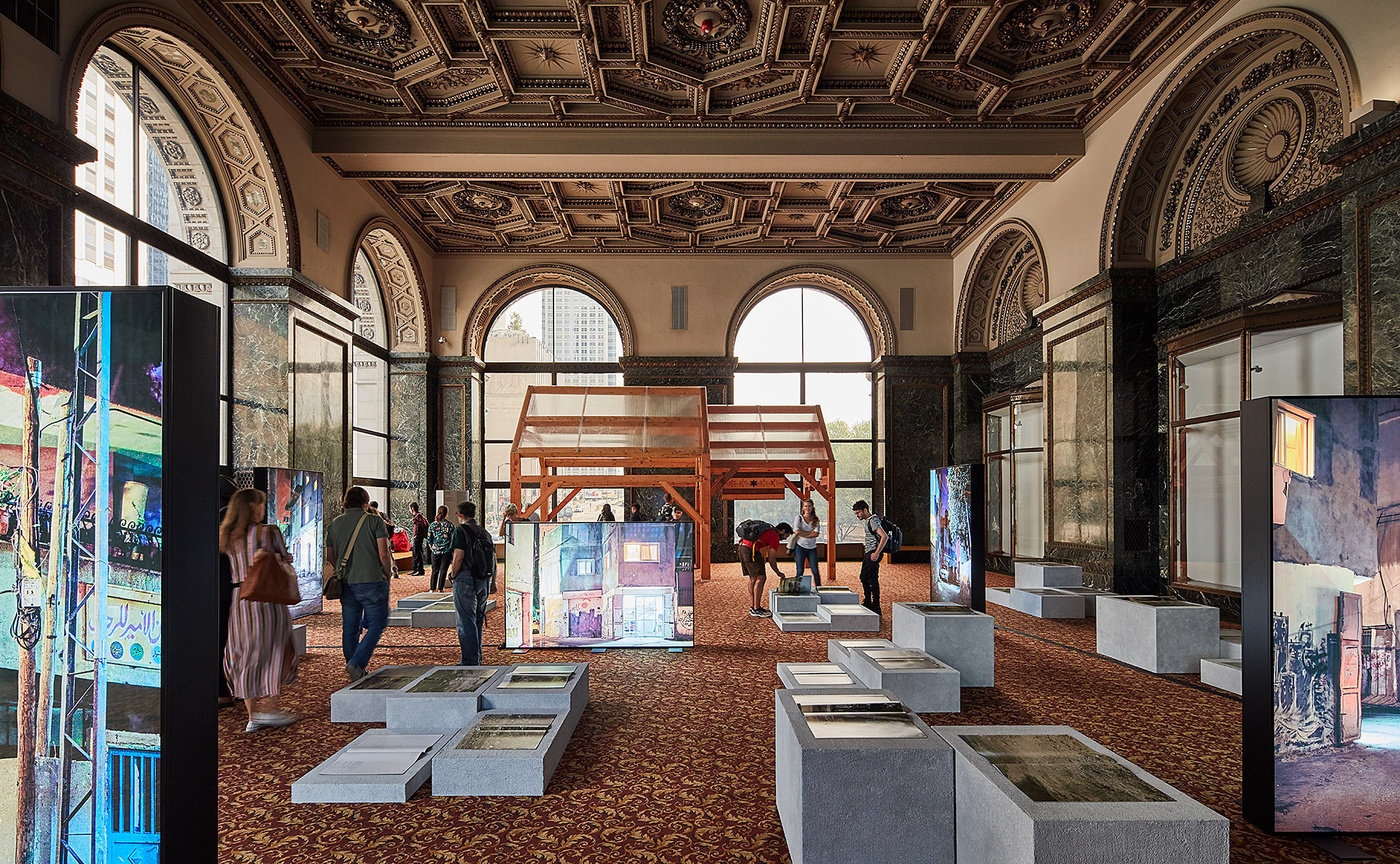DAAR (Decolonizing Architecture Art Residency)

Beit Sahour, Palestine
WebsiteDAAR (Decolonizing Architecture Art Residency) was founded in 2007 with the aim of gathering architects, artists, activists, urbanists, filmmakers, and curators to work collectively on issues of politics and architecture. Today DAAR develops theoretically ambitious and practically engaged research projects related to the struggle for justice and equality. Its latest publication, Permanent Temporariness (2019), is a book, a catalogue, and an archive that accounts for fifteen years of research, experimentation, and creation marked by an inner tension and a visionary drive that rethinks itself through collective engagement. DAAR has participated in the Venice Biennale (2003, 2008, 2009, 2013, 2015), the Istanbul Biennial (2009), Home Works Beirut (2010), the Bienal de São Paulo (2014), the Asian Art Biennial (2015), the Marrakesh Biennial (2016), and Qalandiya International (2016). Major retrospectives of their work were inaugurated at New York University Abu Dhabi Art Gallery (2018) and Van Abbemuseum, Eindhoven, Netherlands (2019).
CAB 3 Contribution
Project Overview
Refugee Heritage, 2015–18
The project Refugee Heritage by Decolonizing Architecture Art Resi-dency (DAAR) traces and represents refugee history beyond narratives of suffering and displacement; it imagines “refugee-ness” outside the typical spaces and images of humanitarianism. Dheisheh is a Palestinian refugee camp established in 1949 as a result of Al Nakba (literally “catastrophe” in Arabic), an event in 1948 in which more than seven hundred thousand Palestinians were forced to flee their lands andvillages in a conflict that continues tothis day. From 2015 to 2017, DAAR, along with politicians, conservation experts, activists, governmental and nongovernmental representatives, and local residents, gathered to discuss the implications of nominating Dheisheh—a place established with the intention of being temporary—as a World Heritage Site. Refugee Heritage presents the heritage nomination application, images of Dheisheh as it is today, and documentation on the current state of the home villages of the first generation of Dheisheh refugees. By reusing, misusing, and redirecting UNESCO World Heritage guidelines and criteria, Refugee Heritage challenges definitions of heritage and their foundations in colonialism, asking instead how architectural instruments can be undermined, or mobilized asagents of political transformation.

